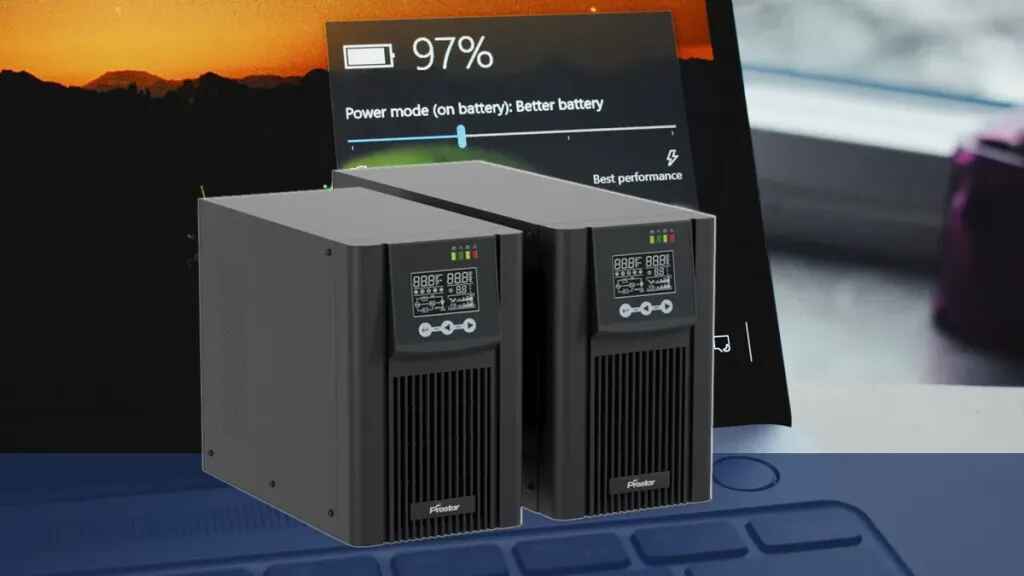Inverter batteries have become essential solutions for every home today. The need for an uninterrupted electrical supply is not the story of the previous century, when it was a luxury. Not a single day goes by without us being entirely dependent on electricity. We need it everywhere, in every aspect of our daily lives.
These days, the electricity supply gets frightened at the slightest change in weather. A clap of thunder? Boom—power gone. A couple of raindrops? That’s apparently a good enough reason for the grid to take a nap. The overloaded transformers are working overtime, and our outdated electrical grids are struggling to keep up. The result is what we see each day—flickering lights, burnt appliances, and whatnot.
Inverter batteries are superb backups in such cases, as they don’t flicker when the weather changes. Read on to know why inverter batteries are important for maintaining a continuous power supply for homes.
Understanding Inverter Batteries
Inverter batteries are essential parts of power backup systems. The batteries are designed in a way that they are able to successfully store electrical energy when plugged in with direct current. This stored energy is used to supply electricity to home appliances during power outages. The inverter extracts energy from the battery and changes it from direct current to alternating current when a power outage occurs. Home appliances are powered by this alternating current.
How Does an Inverter Battery Work? A Simple Breakdown
Understanding the basic workings of an inverter battery doesn’t have to be complicated. Here’s a quick, easy-to-digest guide:
1. Power Conversion (AC ↔ DC)
- When power is ON: AC (from the grid) is converted to DC to charge the battery.
- When power is OFF: DC (from the battery) is converted back to AC to run your home appliances.
2. Charging Cycle
- This is the “energy storage mode.”
- Electricity from the grid charges the battery.
- A charge controller manages the process by preventing overcharging.
3. Discharging Cycle
- This is the “backup power mode.”
- When the electricity goes off, the battery’s stored energy is converted back to AC to keep appliances running.
- It ensures an uninterrupted power supply when you need it most.
7 Benefits of Inverter Batteries for Home Use
Inverter batteries serve many benefits to homeowners. Here are the top seven benefits of inverter batteries for home use:
1. Continuous Power Supply during Outages — You can operate essential appliances, such as lights and fans.
2. Protection of Electronic Devices — You do not have to worry about any voltage fluctuations because the inverter batteries stabilize voltage levels.
3. Support for Medical Equipment — You can arrange a constant power supply to the devices that need it, including oxygen concentrators or CPAP machines.
4. Enhanced Security — Your security systems, including CCTV cameras and alarm systems, get a constant power supply to function effectively.
5. Preservation of Food and Medication — No more worries about food and medications getting spoiled during power cuts.
6. Continued Connectivity — You can power communication devices like mobile phones and routers.
7. Peace of Mind — You enjoy a sense of security and peace of mind and continue your daily activities without the stress of unexpected disruptions.
8. Reduced Carbon Footprint — Inverter batteries can store energy from renewable sources, such as solar panels.
9. Lower Electricity Bills — You can decrease electricity bills if you use the stored energy during peak hours.
10. Noise-Free Operation — These are silent operators and not like loud generators.
Types of Inverter Batteries
Understanding the different types of inverter batteries can help you choose the one that best suits your needs:
| Battery Type | Description | Maintenance | Lifespan | Cost | Best For |
| Flooded Lead-Acid | Traditional batteries with liquid electrolyte | High | 3–5 years | Low | Budget-conscious users with basic needs |
| AGM (Absorbent Glass Mat) | Sealed, maintenance-free, uses fiberglass mats to absorb electrolyte | None | 5–7 years | Moderate | Homes, RVs, and marine applications |
| Gel | Sealed with gelled electrolyte | None | 5–7 years | Moderate | Off-grid solar systems |
| Tubular | Features tubular positive plates | Low | 4–5 years | Moderate | Heavy-duty and industrial use |
| Lithium Iron Phosphate | Lightweight, high energy density | None | 10–20 years | High | Long-term savings and high-performance needs |
Application Suitability
| Application | Recommended Battery Type | Reason |
| Marine & RV | AGM or Gel | Maintenance-free, vibration-resistant, and safe for confined spaces |
| Off-Grid Solar Systems | Gel | Deep-cycle capability and excellent performance in varying temperatures |
| Heavy-Duty Industrial Use | Tubular | Robust design suitable for frequent deep discharges and heavy load handling |
Quick Tips for Choosing the Right Inverter Battery
- Assess Your Power Requirements
- Consider Battery Lifespan
- Evaluate Maintenance Needs
- Check Compatibility
- Plan for Future Expansion
Conclusion
So, now you get it! You know the ‘how’ and ‘why’ of the inverter batteries. They are irreplaceable now, and every home needs them for ever-running basic appliances. No interruptions whatsoever if you have an inverter with a powerful battery attached to the power system. The best part is that you get safety handy when it comes to inverter batteries. There are no electric shocks and no short circuits, as the system is well-designed to prevent them all. So, invest in peace of mind during power outages by investing in inverter batteries.




Be First to Comment